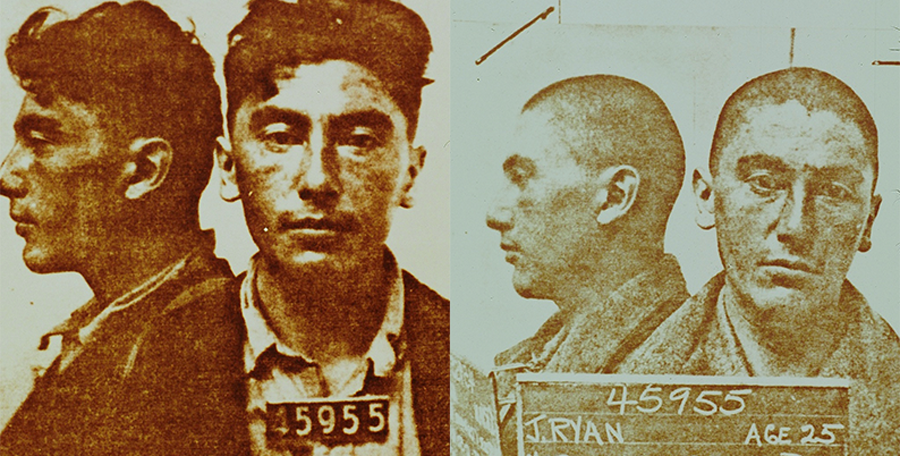
Jack Ryan was a Native American man, a member of the Hupa tribe that was located in Humboldt County, California. In 1925, he was arrested for the murder of a white woman and her dog on the basis that he was seen walking in the area that same day. He was found not guilty in the case but was arrested a short time later when a woman said that Jack Ryan raped her. As a result, Ryan became known as the ‘Coyote Flat Killer’ and spent forty years in prison and on probation for murder and rape that he didn’t commit. Decades later, on her death bed, the woman who had accused Ryan of rape said that she had lied. By the time Ryan had died.
In 1983, Rachel Walton was a deputy in Humboldt County when she heard about the Jack Ryan case. She took on the investigation of the case on her own time and interviewed more than 400 people, most of them in their 80s and 90s. As a result of her efforts, Jack Ryan received the first ever post-humous pardon by the governor of California in 1989. Ryan had died in 1978 and was buried in an unmarked grave on a remote ranch. Deputy Walton went on to become one of the country’s most influential experts on cold cases for which she obtained a Ph.d in criminal justice studies. And she is now a professor of criminal justice studies at Utah State University.
She was also involved in the final scene of Jack Ryan’s life in 1996. She remembers:
“We called together members of Ryan’s tribe and the local native American community. I and (one of the judges) had bought a nice marble headstone.
“You have to imagine the setting. It’s a big semicircle of old ponderosa pines, a beautiful creek flows right through it, and you have this little cemetery.
“I’m reading aloud the pardon. The last paragraph of the last page — I can still remember it by heart — goes, “The philosopher Francis Bacon said 300 years ago that if we do not maintain justice, how can we expect justice to maintain us.” The pardon, written by Gov. Pete Wilson, ends, “Therefore, so that justice is maintained, I grant Jack Ryan a full pardon based on innocence. posthumously.
“I’m focused on reading, but I hear a kind of murmur. So I look up, and everyone is looking up. Two eagles had come in right over the top of the ponderosas and were circling. Then one broke off in one direction and the other went in another direction. I call it nature’s version of a missing-man formation. You could not have choreographed that.
“Later on, I was speaking with an Indian elder, and he said, “The eagles were Jack and his mother coming back to say, ‘All is well. They are at peace.”







